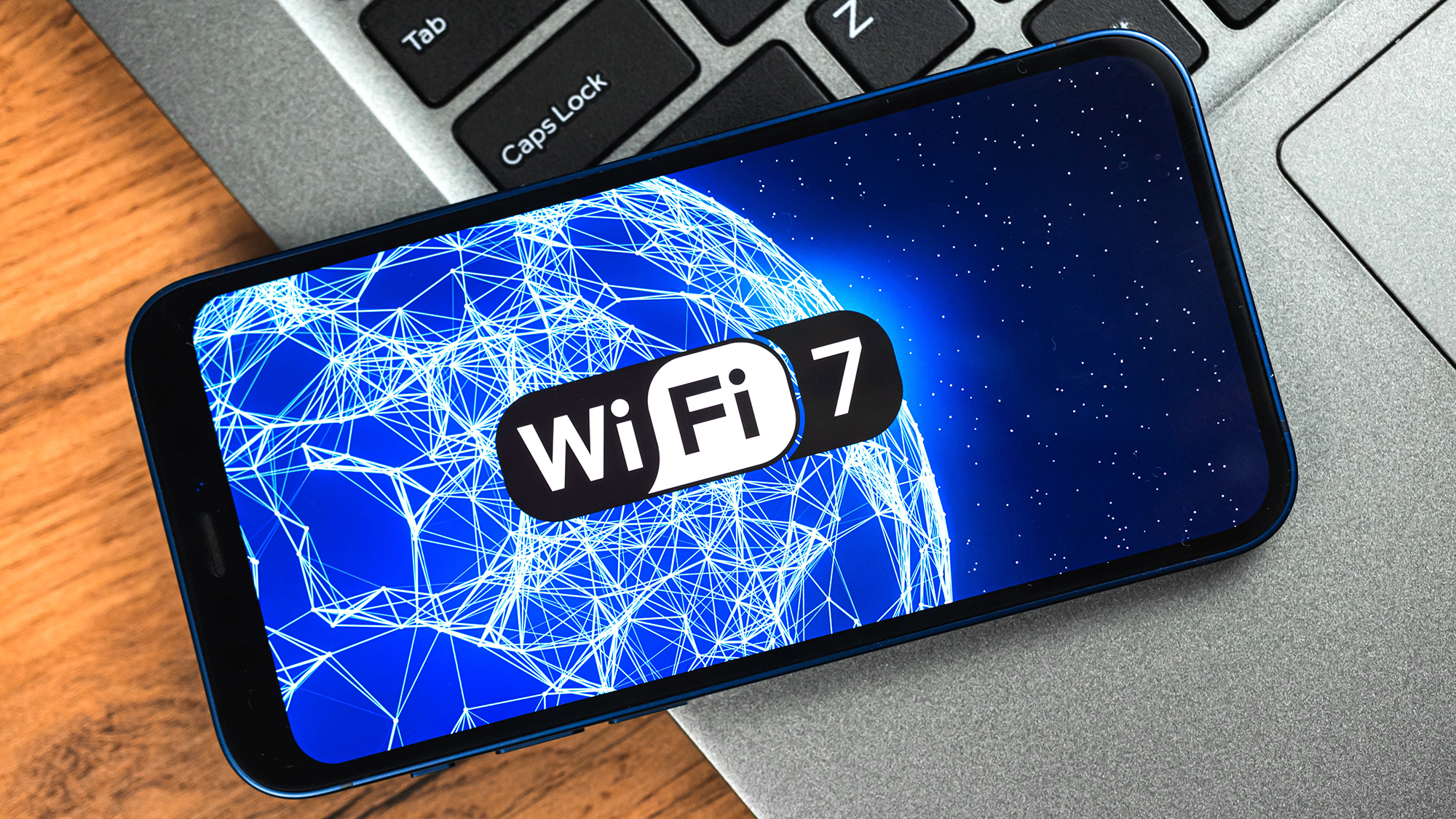
It’s been less than a year since the first Wi-Fi 7 (a.k.a. 802.11be) router became available but what a year’s it’s been. By combining 2.4-, 5- and 6GHz transmission bands, ultra-wide 320MHz data channels and Multi-Link Operations with 4K Quadrature Amplitude Modulation (QAM) and a variety of other techniques, wireless data can fly through thin air often at double the speed of gigabit per second Ethernet cabling.
In fact, the Wi-Fi Alliance sees the creation of a Wi-Fi 7 computing landscape with an estimated 233 million devices expected to be sold in 2024. By 2028, the group forecasts sales of a cumulative 2.1 billion devices. To promote compatibility, the Wi-Fi Alliance has started certifying Wi-Fi 7 gear.
Over the coming months look for some of the most interesting Wi-Fi devices ever to see the light of day. They all have one thing in common: the ability to squeeze every last byte out of its wireless networking streams. I know it’s only January, but here’s my early line for the most exciting Wi-Fi 7 networking devices for 2024.
Twist and beam
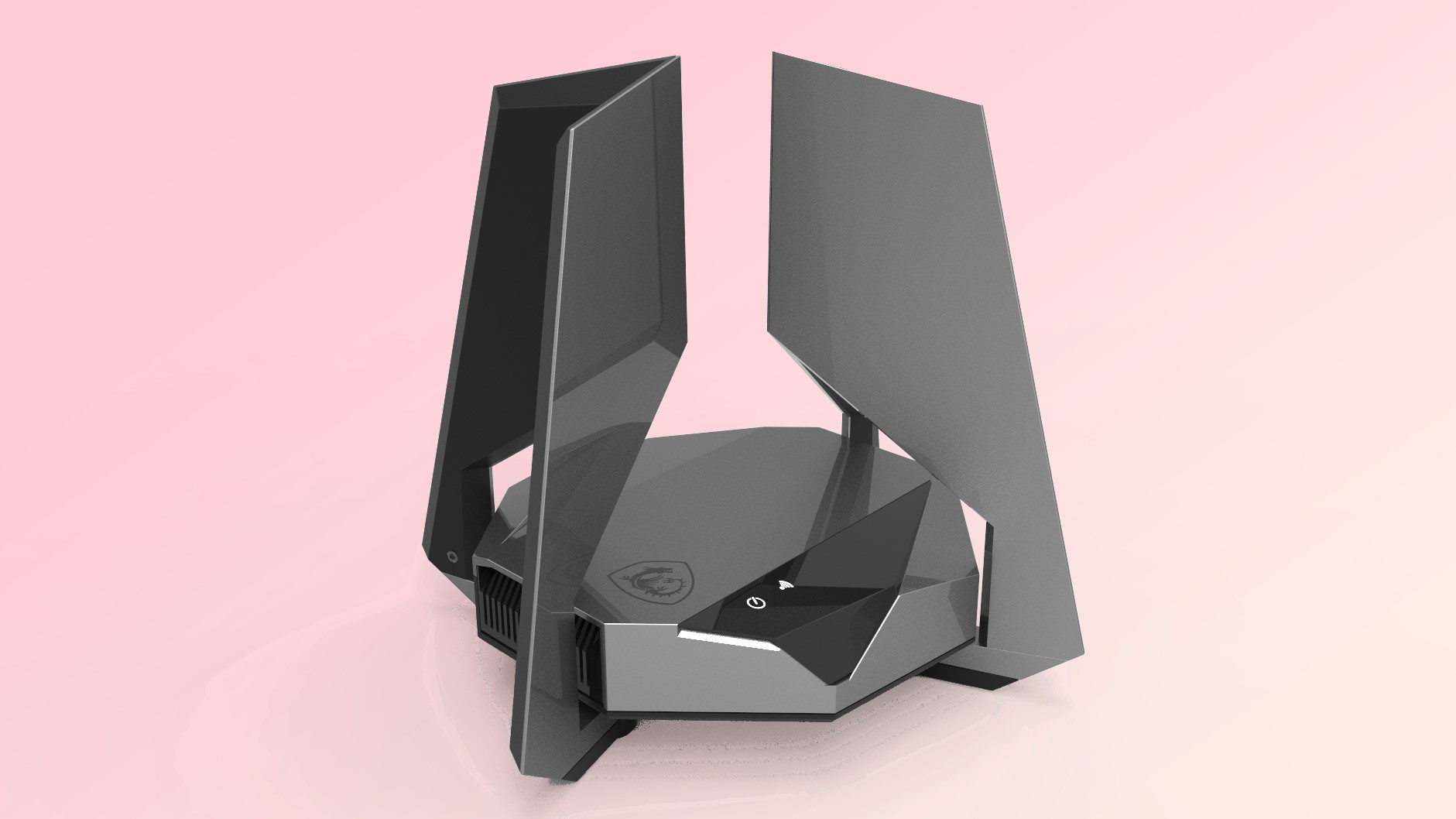
A newcomer to the world of routers, MSI is better known for its high-performance motherboards, but the company’s Radix BE22000 can do something no other router can: automatically rotate its four blade antennas to grab the strongest signal. It’s all automatic and motor driven, but the range of movement is less than with most routers. Still, the antennas can go from having all four pointing inward in a “V” pattern to where they are almost parallel. The movement stops when the signal is the strongest.
With a tri-band design, the Radix BE2200 tops out at a peak data rate of 22Gbps, making most other Wi-Fi routers look like they’re in the slow lane. It’s top shelf all the way with a pair of 10Gbps inputs and four downstream 2.5Gbps Ethernet ports. A prototype of the Radix BE22000 was first shown at last year’s CES but the router is likely to make it to stores in 2024.
Gaming goes Wi-Fi 7
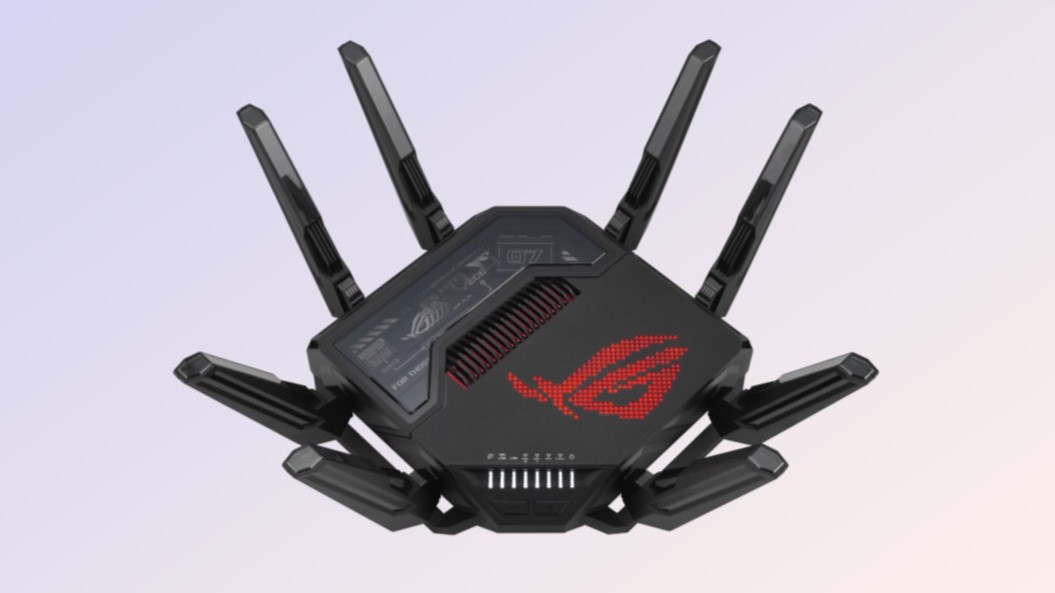
There’s a new gaming router in town that just might blow away the competition. The Asus ROG Rapture GT-BE98 Pro is a networking powerhouse that should be just as good for playing League of Legends as for Grand Theft Auto Online.
Rated at a top speed of 30Gbps, the quad-band GT-BE98 Pro features a pair of 6GHz transmission bands, each of which can carry upwards of 11Gbps of data. Its eight antennas may not move on their own but inside they have two complementary dipole elements and high-gain amplifiers to grab the strongest signal. This not only can help out during LAN parties where top-speed bandwidth is always at a premium but it frees up the 2.4- and 5GHz bands for more mundane uses, like ordering pizza online.
All this gear has the tendency to heat up, particularly during intense action, so the GT-BE98 Pro has several aluminum heat sinks with a nanocarbon coating to transfer and allow the router to keep its cool. It has port forwarding designed for gaming consoles, comes with a trial for the GPN gaming network and will set you back $800.
Wi-Fi’s top gun
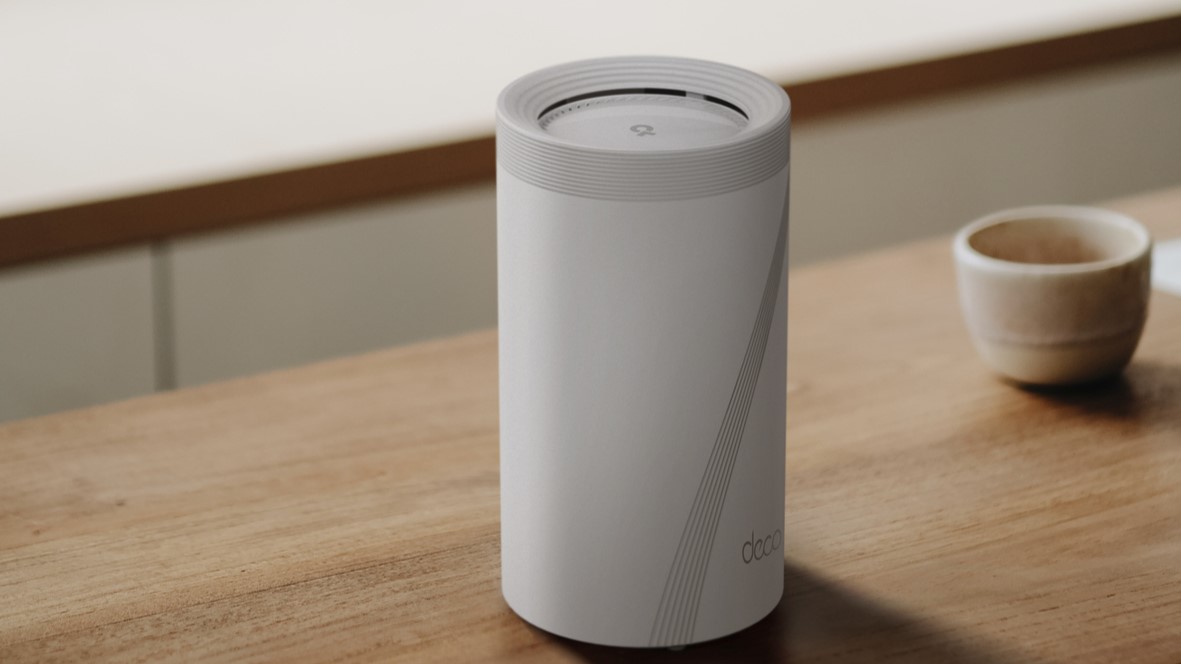
In addition to its more commonplace mesh offerings, TP-Link’s Deco BE95 sets the standard for high-speed wireless networking at home. A follow on to the high-performing Deco BE85, the 16-stream Deco BE95 features a quad-band design with two 6GHz bands for peak performance along with room for other less performance oriented uses on the 2.4- and 5GHz bands. With a maximum throughput of 33Gbps, it’s today’s top gun for Wi-Fi 7.
The secret to its success is TP-Link’s optimized the data flow from the router to the network’s devices as well as the backhaul communications from the nodes to the host. The cylindrical towers are pure TP-Link and, like other Deco products, the BE95 includes TP-Link’s HomeShield cyber protection with a lifetime of security upgrades. It may stretch your budget at $600 for a single Deco BE95 and $1,800 for a three unit mesh kit though.
Wi-Fi 7 support is slowly becoming mainstream
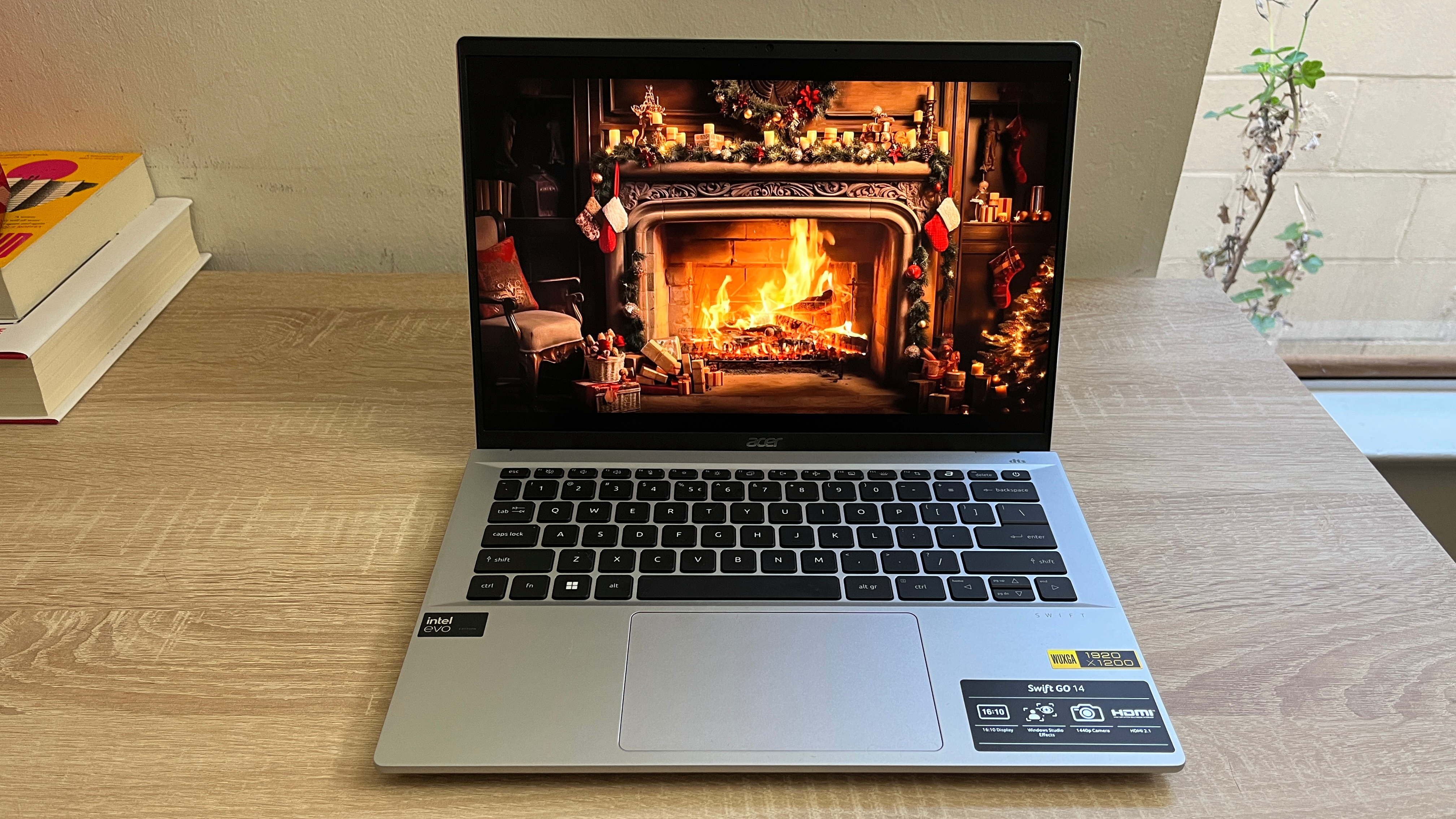
Wireless networking is, of course, a two way street that requires Wi-Fi 7 hardware at the device level to take advantage of the new speeds but these systems have been few and far between. The scarcity of Wi-Fi 7 phones should end soon as the OnePlus 11 and Google Pixel 8 are joined by the Samsung Galaxy S24 Ultra. On the notebook front, the Acer Swift Go 14 and Acer Swift Go 16 models will take their places alongside the company’s Swift Edge 16.
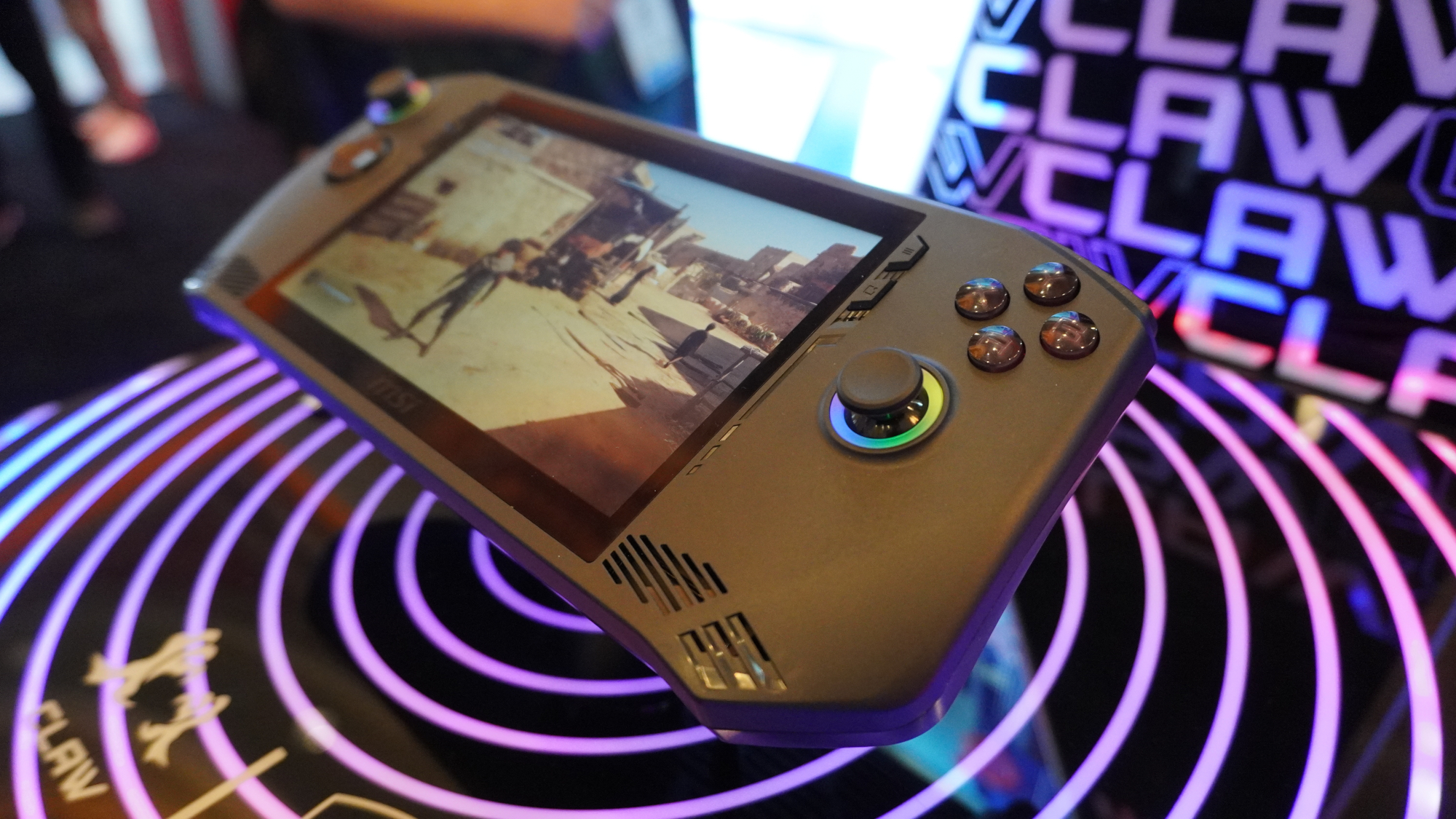
Unfortunately, tablets have been left out of the Wi-Fi 7 party so far. On the other hand, the MSI Claw gaming handheld has Wi-Fi 7 built in and its high-speed networking could provide a player’s advantage.
The good news is that Wi-Fi 7 desktops are starting to show up, including Lenovo’s ThinkCentre neo Ultra that looks like a Mac Mini mirror image.
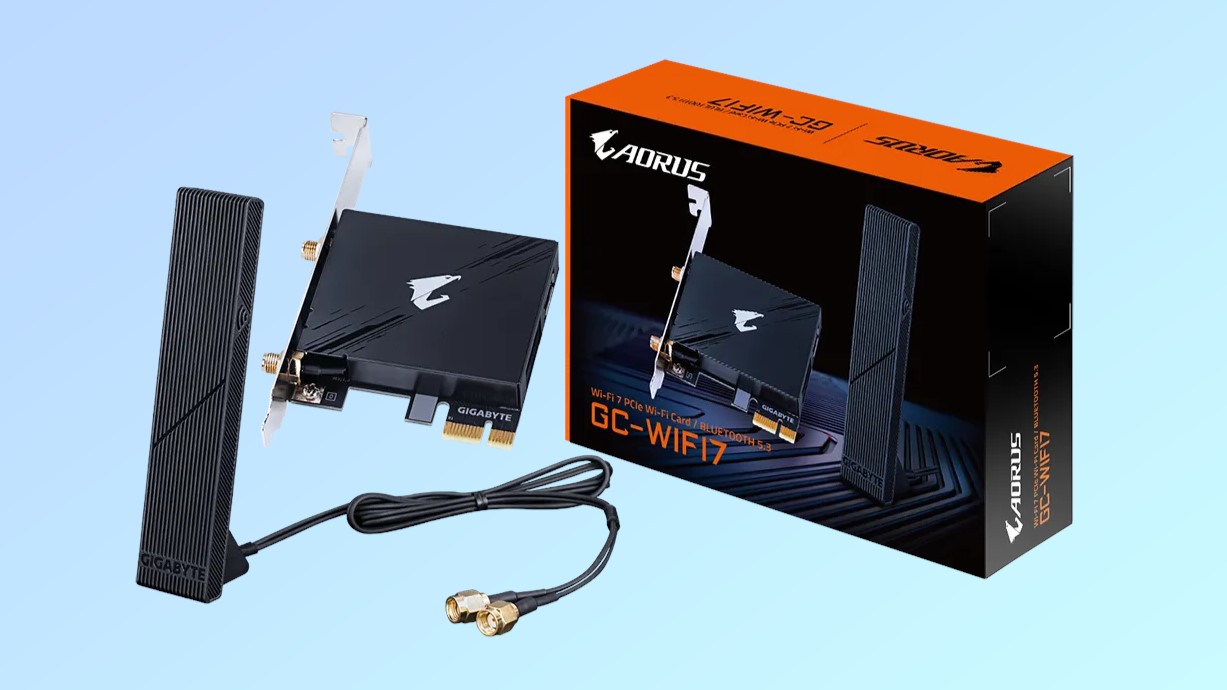
There’s a DIY alternative with GigaByte’s GC-WIFI7 PCIe tri-band card that delivers all the Wi-Fi 7 goodies, has a top throughput of 5.8Gbps and includes Bluetooth 5.3. Even though the system might be stashed on the floor or under a desk, its ultra-high gain 2Tx2R antennas can get you online.
Still, expect that the onslaught of Wi-Fi 7 routers and devices to happen sometime during the summer when Wi-Fi 6 and Wi-Fi 6E will start to seem passé. In other words, it’s just another case of hurry up and wait.







